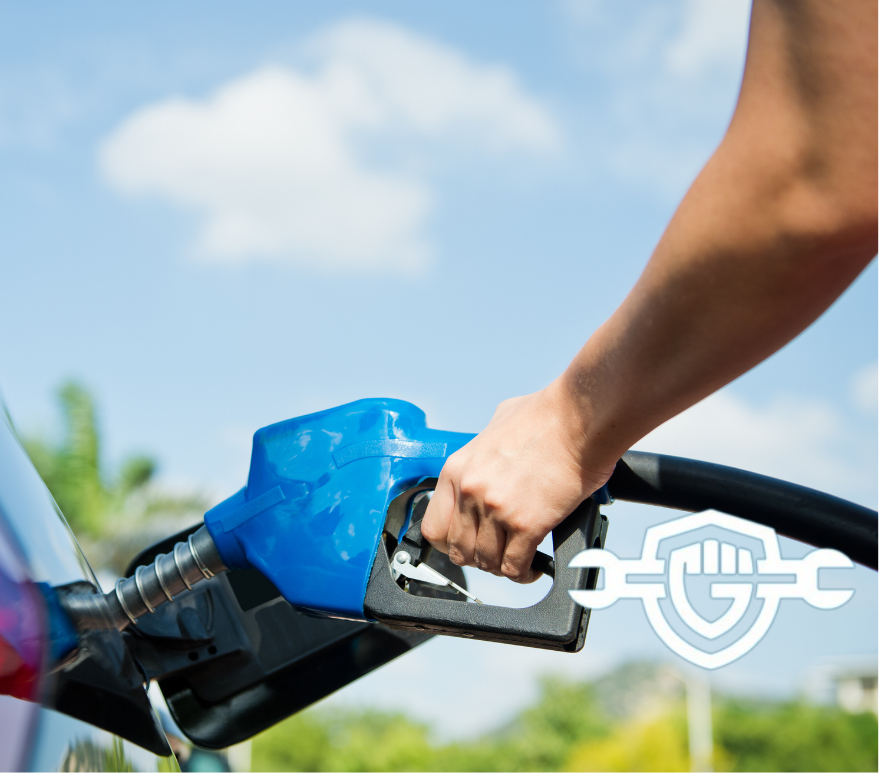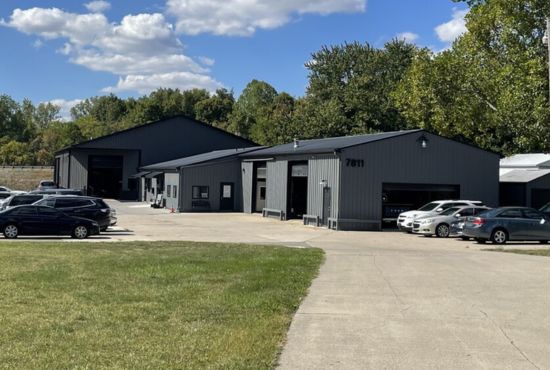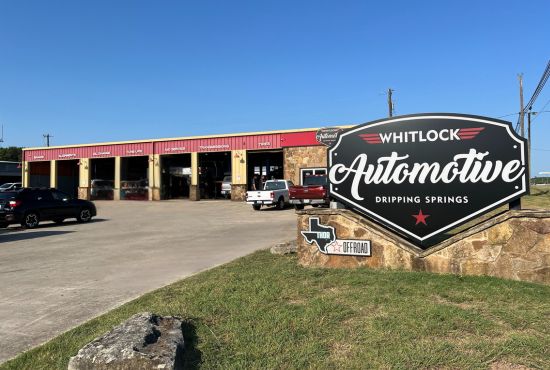Does Gas Go Bad in Your Car?
Published on
July 30, 2025

Does Gas Go Bad in Your Car?
Believe it or not, gas doesn’t last forever. If your car’s been sitting for a while, you might be wondering if the fuel in the tank is still any good. The short answer is yes, gasoline can go bad. And when it does, it can lead to rough starts, poor performance, or even damage to your engine. Here’s what you need to know about fuel shelf life, the warning signs of bad gas, and how to keep your tank fresh.
How Long Does Gasoline Actually Last?
Most gasoline starts to degrade after about three months. With ethanol blends (like E10, which is common at most pumps), that timeline can be even shorter, often around 30 to 90 days. Factors like heat, humidity, and how airtight your tank is can speed up the process.
After that window, gas can start to lose its volatility. That means it doesn’t ignite as easily. It might still burn, but it won’t do the job as efficiently, which can lead to sluggish engine performance.
What Happens When Gas Goes Bad?
When fuel breaks down, it doesn’t just lose power. It can actually gum things up. Old gas can form sticky varnish or deposits that clog fuel lines, filters, or even your injectors. It can also cause your engine to misfire, stall, or hesitate when you hit the gas.
In some cases, especially with ethanol-blended gas, water from humidity can get pulled into the fuel. That water can separate out and cause corrosion inside your fuel system. Bad gas is rough on your engine and even tougher on your wallet if it leads to a repair.
Tips to Prevent Fuel from Going Bad
Keeping your fuel fresh isn’t hard, especially if you’re proactive. Here are a few tips to help you avoid the headache of stale gas:
- Drive your car regularly, even if it’s just short trips every week or so
- Use a fuel stabilizer if your car will sit for more than a couple of months
- Try to keep your gas tank at least half full to reduce moisture buildup
- Store gas in approved, sealed containers if you're keeping extra on hand
These habits are especially important for cars that sit during the off-season, like convertibles, collector cars, or anything stored over the winter.
When to Drain It and Start Fresh
If your car has been sitting for more than six months and you’re noticing rough starts, knocking, or poor fuel economy, the gas may have turned. In mild cases, topping off the tank with fresh fuel might help dilute the old stuff. But if the car won’t start or smells like varnish when it does, it may be time to drain the tank.
Don’t try to DIY this unless you’re comfortable working with fuel. It’s best to have a shop handle it safely and check for any damage to your fuel system.
If your car’s been sitting and something just doesn’t feel right, swing by your nearest GreatWater 360 Auto Care shop. Our teammates can check things out, clear out bad fuel if needed, and make sure your engine’s ready to roll.
Need help today? Schedule an appointment online or give us a call. We’ll get you fueled up and back on the road with confidence.


